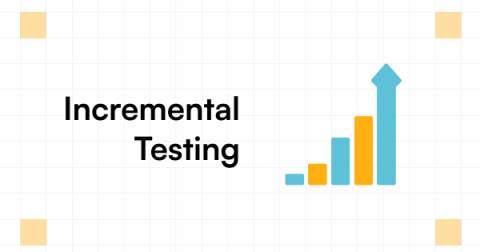Test Design in Software Testing - A Comprehensive Guide
Software testing is a crucial aspect of any software development process, and test design plays a major role in ensuring the effectiveness of the testing process. It refers to the process of creating test cases that can effectively validate the functionality of the software being developed. It involves identifying test scenarios, defining test conditions, and creating test cases that can detect bugs in the software.










